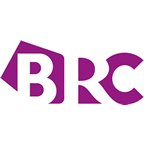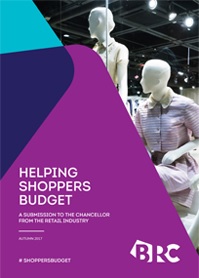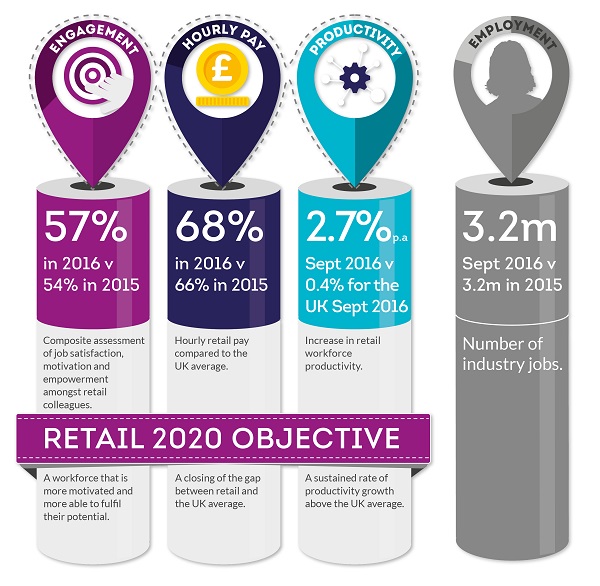BRC: The impact of Brexit and emerging trends in retail in this autumn edition of 'The Retailer'
London, 2017-Nov-15 — /EPR Retail News/ — Don’t miss the autumn 2017 edition of 'The Retailer', our online-only magazine, which is out now.
The impact of Brexit and emerging trends in retail take centre stage. “For retailers, speed and efficiency in…






